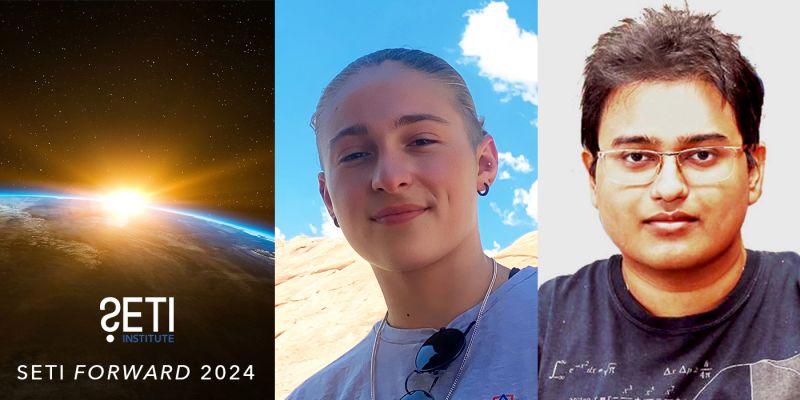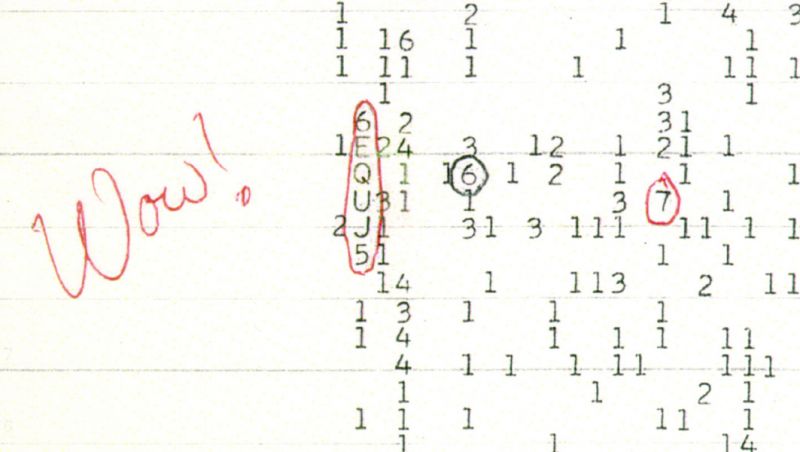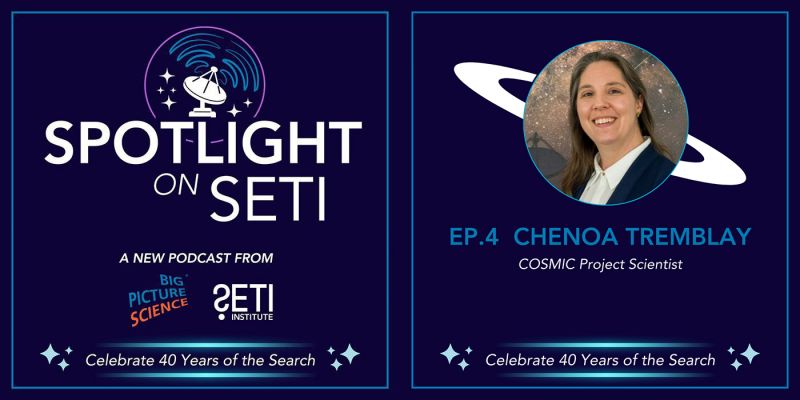
A generous gift from Qualcomm co-founder Franklin Antonio has brought new promise to the Allen Telescope Array (ATA), a radio telescope array dedicated to astronomical observations and simultaneous searches for extraterrestrial technology. Forbes reported the story, speaking to Andrew Siemion, the Bernard M. Oliver Chair for SETI Research at SETI Institute:
“We are looking for a needle in the proverbial haystack,” says Andrew Siemion of the venerable SETI Institute, the nonprofit that oversees the search.
But finding that otherworldly needle is now slightly less formidable. A $1.2 million gift from Qualcomm co-founder and chief scientist Franklin Antonio will "revitalize" the array, says the Institute.
“This commitment is truly transformative,” says Siemion. “It’s extraordinarily exciting.”
Siemion told Forbes, “a whole new set of SETI experiments are now possible,” thanks to the upgrades Antonio’s gift will fund. With the knowledge that our galaxy alone contains billions of exoplanets, SETI research has never been more promising. “The possible real estate where life could exist elsewhere is truly enormous,” says Siemion.
- Forbes: Search For E.T. Snags' Extraordinarily Exciting' Bounty From Qualcomm Co-founder
- SETI.org: Qualcomm Founder Franklin Antonio Funds Allen Telescope Array Upgrade Program
- SETI.org: Allen Telescope Array Overview
 Engaging Girls in STEM
Engaging Girls in STEMAir & Space Magazine highlighted SETI Institute's "Reaching for the Stars: NASA Science for Girl Scouts", a program funded by NASA's Science Mission Directorate. The program provides Girl Scouts with opportunities to engage in space exploration and astronomy, earning STEM-focused badges developed by the SETI Institute. Pamela Harman, director of education at the SETI Institute, spoke to Air & Space Magazine about the importance of Reaching for the Stars:
Pamela Harman, the director of education at the SETI Institute and principal investigator on the Girl Scouts Stars program (designed to foster girls’ interest in STEM through space science), says that space plays a significant role in the broader STEM initiatives, because “part of science literacy is understanding our place in the big world, in the solar system, in the universe. And, once we realize that, I think it’s easier to think about protecting our planet.”
Girl Scout Cadettes can earn a badge by studying the properties of light, Seniors learn to classify stars, and Ambassadors do research projects and learn about women who work in NASA’s Science Mission Directorate.
- Air & Space Magazine: Girl Scouts, Now You Can Earn a Badge in Space Science
- SETI.org: Girl Scouts Space Science Badges Take Off
 Protecting Mars
Protecting MarsWhen humans boldly go to Mars, they won't be alone. The microbes we are surrounded (and inhabited) by will come along for the ride. These microbes raise the vital question of planetary protection. How do we keep astronauts safe from microscopic threats and how do we prevent harm to the indigenous microbial life we might encounter? Popular Science spoke to John Rummel, SETI Institute Senior Scientist and former Planetary Protection Officer for NASA:
Rummel sees planetary protection as an essential first step toward living on Mars, not necessarily an obstacle to it. Before future farmers enrich the soil for potato farming, they'd want to know how the soil might react. Waking up dormant local bugs that produce toxic gases, for instance, would come as an unwelcome surprise. "If you want to push the Martian environment using microbes, etc.," Rummel says, “are there Martian microbes there that will push back?”
Margaret Race is a senior research scientist at SETI Institute specializing in planetary protection. She points out that preparation and compromise can allow for robust exploration that limits contamination:
"If you stop and think ahead," Race says, "maybe you can't do everything you want, but it doesn't mean you stop."
Recommendations from the Committee on Space Research (COSPAR) were created to avoid harmful contamination, but these guidelines are voluntary and only the beginning of more in-depth discussion and debate.
- Popular Science: Humans will definitely bring microbes to Mars—so we might as well bring our favorites
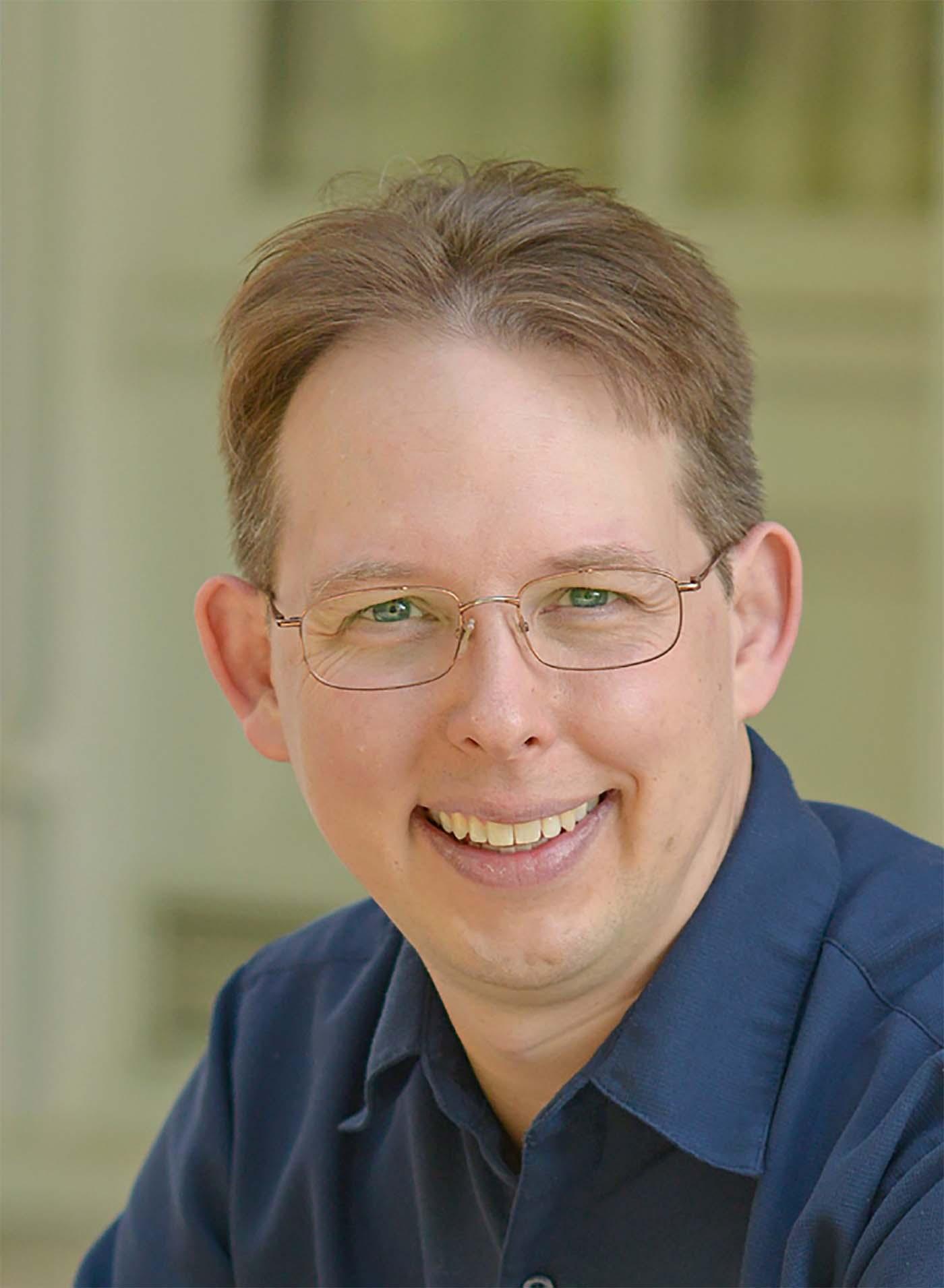 Drake Award Recipient Jason Wright on Searching for Technosignatures
Drake Award Recipient Jason Wright on Searching for TechnosignaturesIn the spring of 2019, Jason Wright received the Frank Drake Award from the SETI Institute. Frank Drake is the creator of the Drake Equation, which provided a framework for the SETI field and continues to guide technosignature searches. Wright is a Penn State professor who is passionate about teaching the next generation of SETI researchers. He spoke to The New Yorker about his work from SETI Institute’s Mountain View headquarters:
Wright, a cheerful, apple-cheeked, forty-two-year-old professor with wispy brown hair, is at the vanguard of a new movement in SETI. Its goal is the rationalization of a speculative endeavor. “We’re trying to formalize it,” he told me. “We’re trying to get a canon of papers that my peers have read and understood.”
Wright shared some of his thoughts about searching for intelligent life, and challenging “anthropic assumptions”:
“We’re looking for technology like our own, and so we presume the engineers of that technology will share our principles,” he said. “We’re looking for kindred spirits that will find interesting what we’ve found interesting.”
- The New Yorker: Intelligent Ways to Search for Extraterrestrials
- SETI.org: SETI Institute Names Jason Wright as Recipient of the 2019 Drake Award
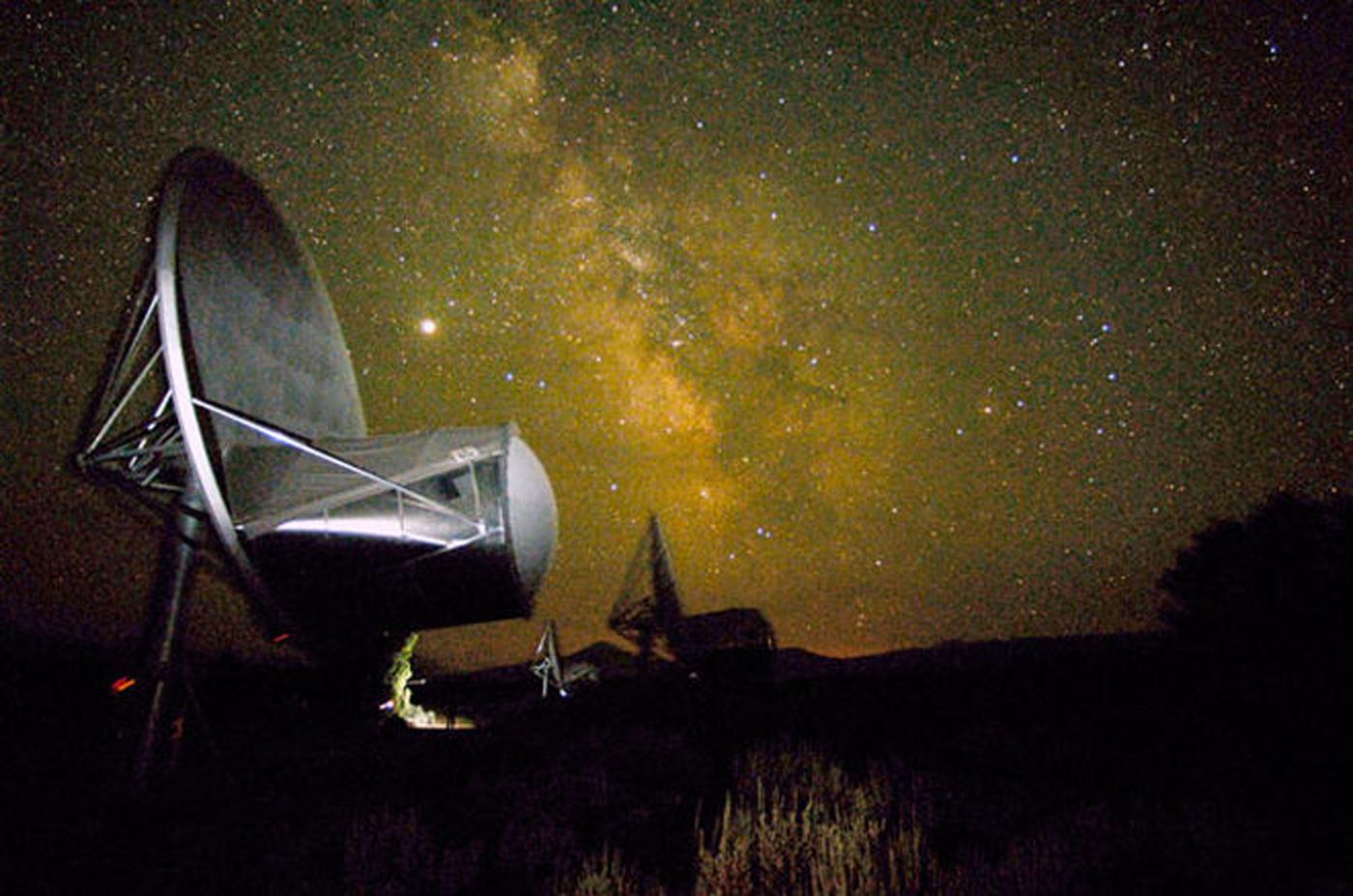 Jill Tarter Shares Cosmic Perspective with Wired
Jill Tarter Shares Cosmic Perspective with WiredJill Tarter appeared on Wired Videos to talk about the search for extraterrestrial technology. Tarter is Chair Emeritus for SETI Research at the SETI Institute and is popularly known as the inspiration for Jodie Foster’s character in Contact, a film based on the novel by Carl Sagan. Tarter spoke about why searching for life elsewhere in the universe is important for life here on Earth:
“…looking for life and intelligent life beyond this planet has the effect of holding up a mirror, and that mirror shows all of us on this planet, shows us all as the same. When compared to something else out there, we are all the same, and I think that this is incredibly important for our long-term future, because the challenges on this planet that we face do not recognize national boundaries. They are challenges that are going to have to be worked on globally in a cooperative fashion… the more that we see ourselves as Earthlings, as humans, the more likely we are to be able to find a way to manage these global challenges.
Watch the video to see more of Tarter’s vision for a "cosmic perspective."
In last week’s episode, new surprises await at Easter Island in Headed for Trouble. In our previous week’s episode, explore the good and bad ways technology is increasingly encroaching into our lives in an encore of Keeping Humans in the Loop. Find out more about the show and more past episodes at http://bigpicturescience.org
Last time on Facebook Live, Simon Steel, Senior Director of Education and STEM Programs, interviews senior research scientist Janice Bishop about Mars rocks! Videos of all past Facebook Live events are on our Facebook page: https://www.facebook.com/SETIInstitute/



